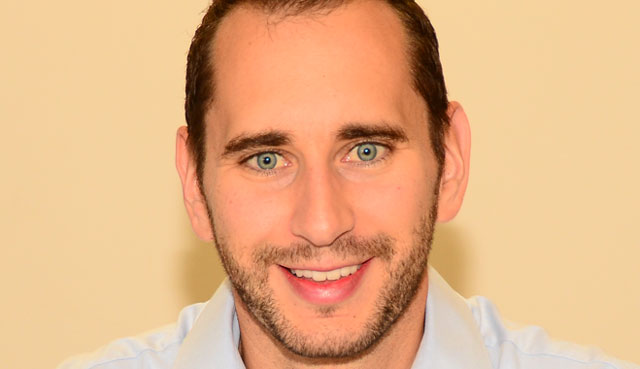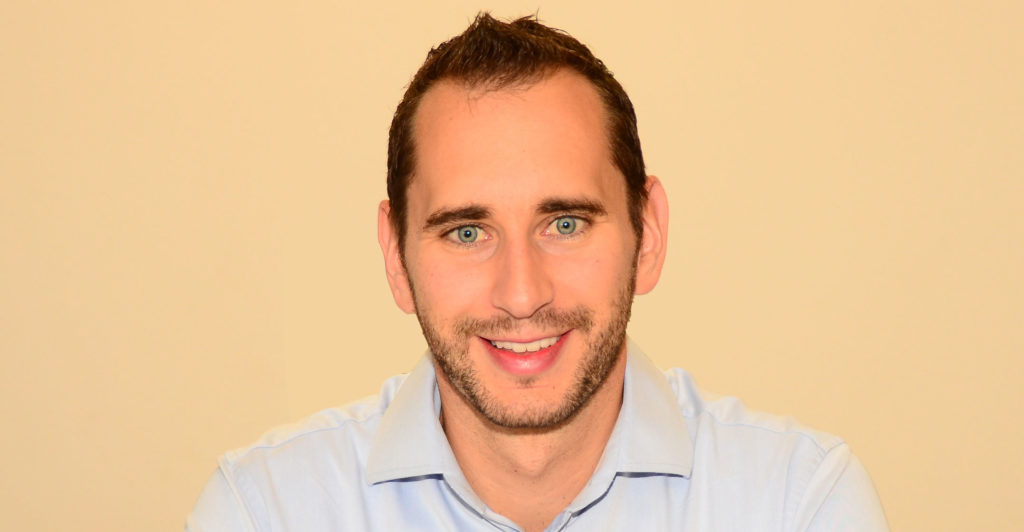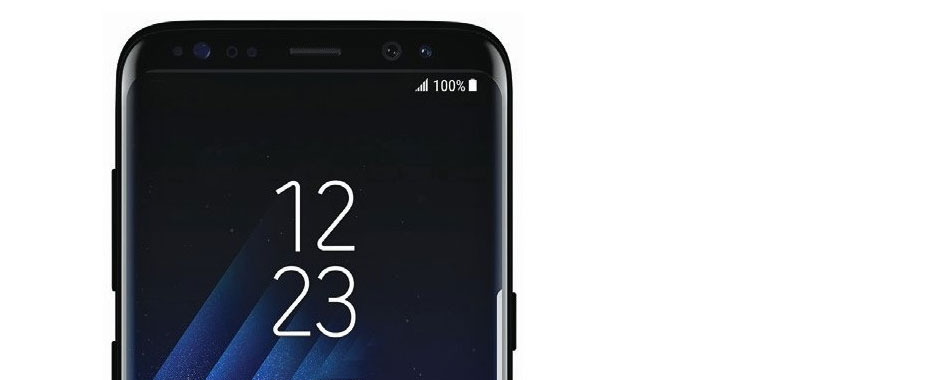
Tariffic, an independent company launched in late 2013 to analyse and optimise the cellphone spend of business users and high-net-worth individuals, will launch a Web portal in the coming months that will allow retail consumers to determine quickly if they’re paying too much to their mobile operator and which alternative packages make most sense based on their calling behaviour.
The company has developed an in-house software suite that helps users cut through what it calls the “bewildering choice and complexity” and “lack of transparency” in South African mobile contracts.
The new consumer portal — basically a replica of a similar solution the company has built for business customers — is expected to go live in April or May, according to CEO Antony Seeff.
Consumers will be able to upload their bills to Tariffic’s systems, which will then analyse them to determine if they’d be better off on another tariff plan. The entire process is automated, says Seeff.
The company intends quantifying the savings consumers can make, along with providing them with information such as how much data they use and which days of the week they use mobile services the most.

It will also show how much they’d be paying on different networks and tariff plans, though consumers will have to pay a once-off fee — likely to be R149 — to have the system reveal the names of the operators. Seeff says customers will quickly make back this money through savings.
“Itemised billing is the fuel for the whole engine,” he explains.
“Our system feeds in your itemised bill, parsing it from whatever format it is you supply it in. We then normalise that into a set of rows and columns and analyse every call you make and every byte of data you use,” he says.
“We simulate how much that would cost on network A with package B with bundle C and calculate exactly which bundles to add onto respective contracts… There are thousands of possible combinations.”
In future, Tariffic may also build a smartphone application that captures call data records automatically, feeding these directly into the company’s systems, and providing a real-time view of spending patterns and cost-saving options to consumers.
The software is complex and has taken years to develop, says Seeff.
He believes there’s an opportunity to sell the modelling services to operators. “If Telkom wants to introduce a new tariff, for example, we could feed it into our system and compare it against its competitors’ tariffs and run it against a whole array of different options.”
Tariffic head of marketing Adam Sachs believes it’s also a useful tool for mobile virtual network operators wanting to enter the South African market.
In the second half of last year, the company began working with resellers, too. They use the system to engage with their clients about their telecoms spend management. — (c) 2015 NewsCentral Media




